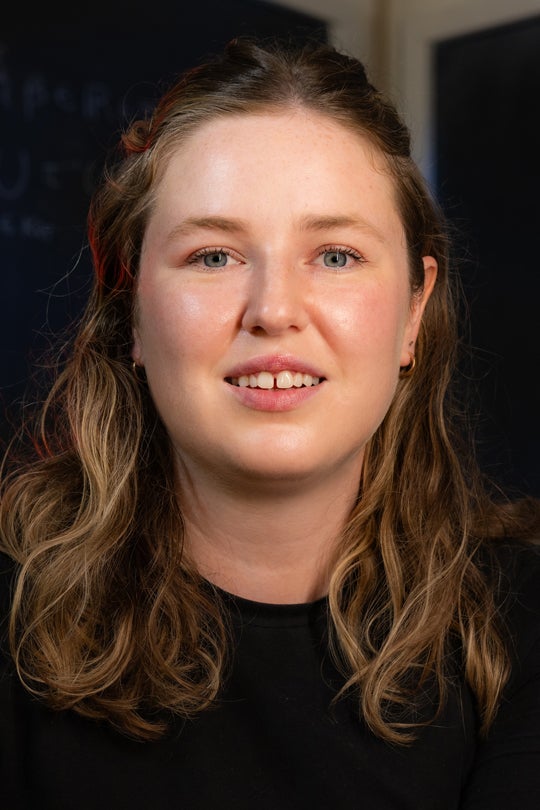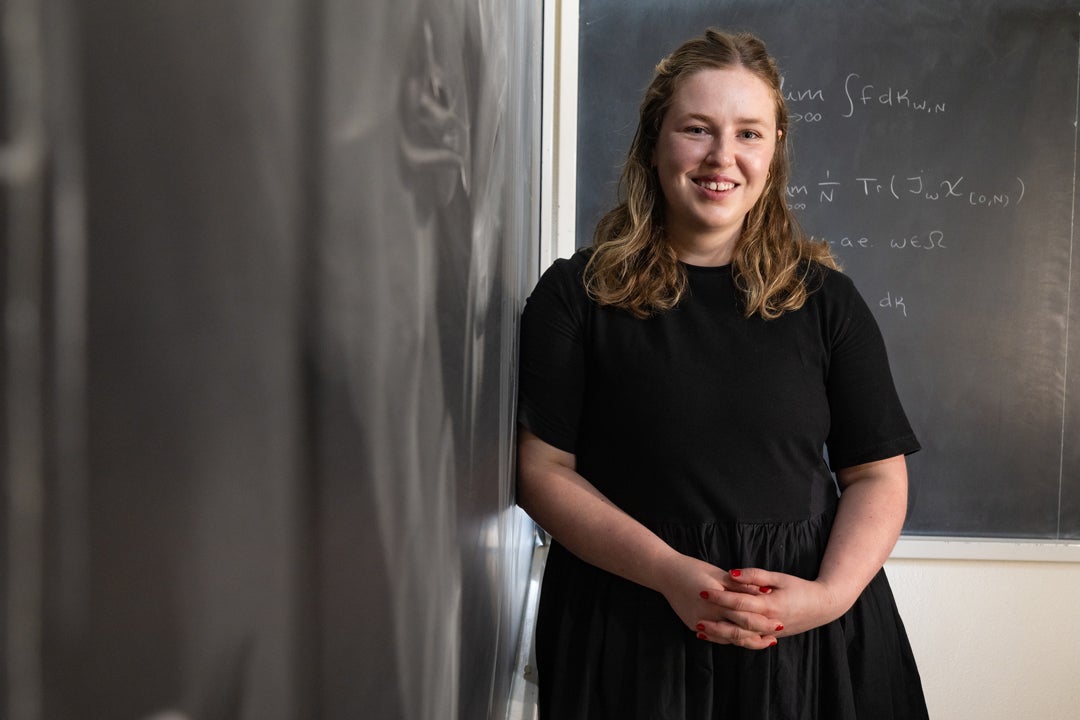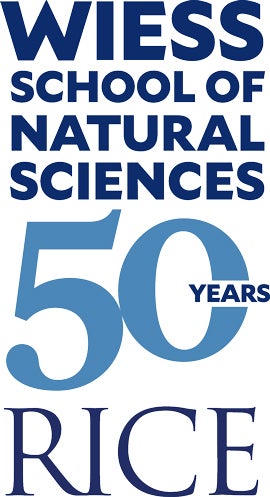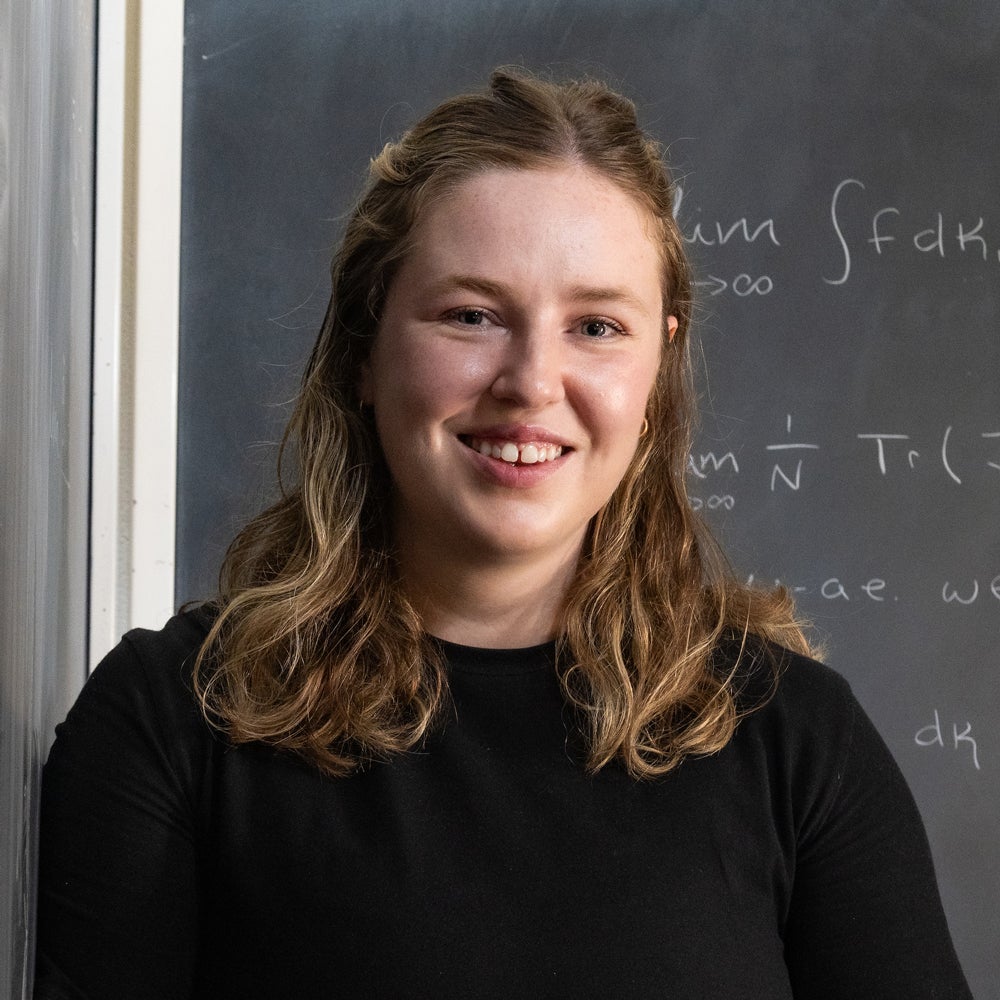
Íris Emilsdóttir didn’t set out to become a mathematician. In fact, she nearly enrolled in fashion school. But her mother encouraged her to try a math and science program at Reykjavik Junior College in her native Iceland, and that experiment culminated this spring with a Ph.D. in mathematics from Rice.
Emilsdóttir said she doesn’t fit the traditional mathematician’s mold. “They love it. They see the beauty. All of that,” she said. “I’m not very sentimental. For me, it was more practical.”
Mathematical proofs were part of the first-year curriculum at her school, but her first teacher was “very old, very dry,” and she found the material rigid and lifeless. She was never much good at rote memorization, which seemed to be all that was required. An “aha moment” came in her second year, when a substitute teacher encouraged her to write proofs in her own words.
“I didn’t realize that I could just think about it and write what I’m thinking,” Emilsdóttir said. “That was kind of crazy, realizing that you’re not just following rules, that it’s more creative than that.”
Her research focuses on Schrödinger operators, mathematical models that describe the energy of quantum systems.
“A lot of interesting models arising from quantum mechanics have some underlying dynamical systems describing their environment,” said Emilsdóttir, who’s headed to the University of California, Irvine, for a postdoctoral position this fall.

For example, one can solve the Schrödinger equation to determine where a quantum particle will be located under a specific set of conditions. The Schrödinger operator is not an equation to be solved, but rather a recipe for describing the energy states of quantum systems. An operator’s spectrum can be thought of as a graph showing all possible energy states that the recipe could deliver in a given situation, and these spectra often contain bands where energy is allowed and gaps where it is not.
“The part that I like the most is the dynamics,” Emilsdóttir said. “Using gap labeling, we can find all allowable energies of the whole system, which in turn can describe the long-term behavior of Schrödinger equations in one-dimensional systems, entirely independent of the initial condition and sampling function.”

She said the work is particularly intriguing because it is “microscopically interdisciplinary,” in that it links dynamical systems and spectral theory, separate fields of math.
“I enjoy research,” Emilsdóttir said. “It’s why I keep doing math.” But despite her aptitude for it and her early start, it took a long time to discover the aspects of math that she finds fulfilling. One memorable moment followed the comprehensive oral examination that covered all of the math she’d learned in high school. Emilsdóttir had avoided the academic track with the most math because all the other students were ultra-competitive boys. But she outperformed some of those boys on the final, and she wasn’t flustered when she had to go to the blackboard and write an unfamiliar proof.
“My teacher said, ‘That was really good. I’m so impressed that you were doing it your own way, not like in the book,’ and I told him I didn’t know that was in the book,’” Emilsdóttir recalled. “And he said, ‘You might be good at this.’”
She likes to teach, but she can also envision futures in which she isn’t a professor. “Academia is very time-consuming. I have a family. There are unknowns. Right?”
Regardless of where her career leads, she knows what kind of mathematician she’ll be: “Approachable.” That was all too rare in Emilsdóttir’s early experience, and she’d like to be that kind of instructor for her students.
“It would be nice,” she said. “Maybe they would realize, earlier than I did, ‘I’m good at this. Maybe I should do it.’”

